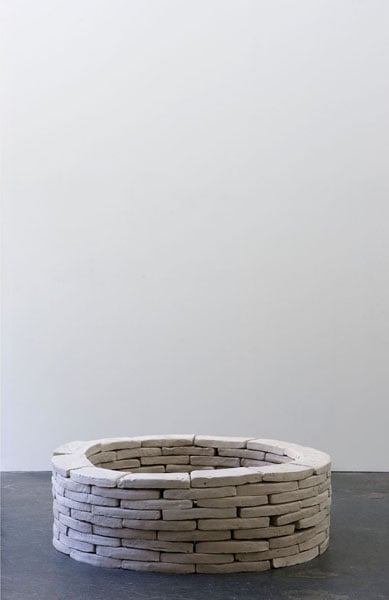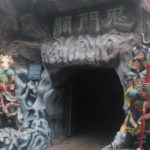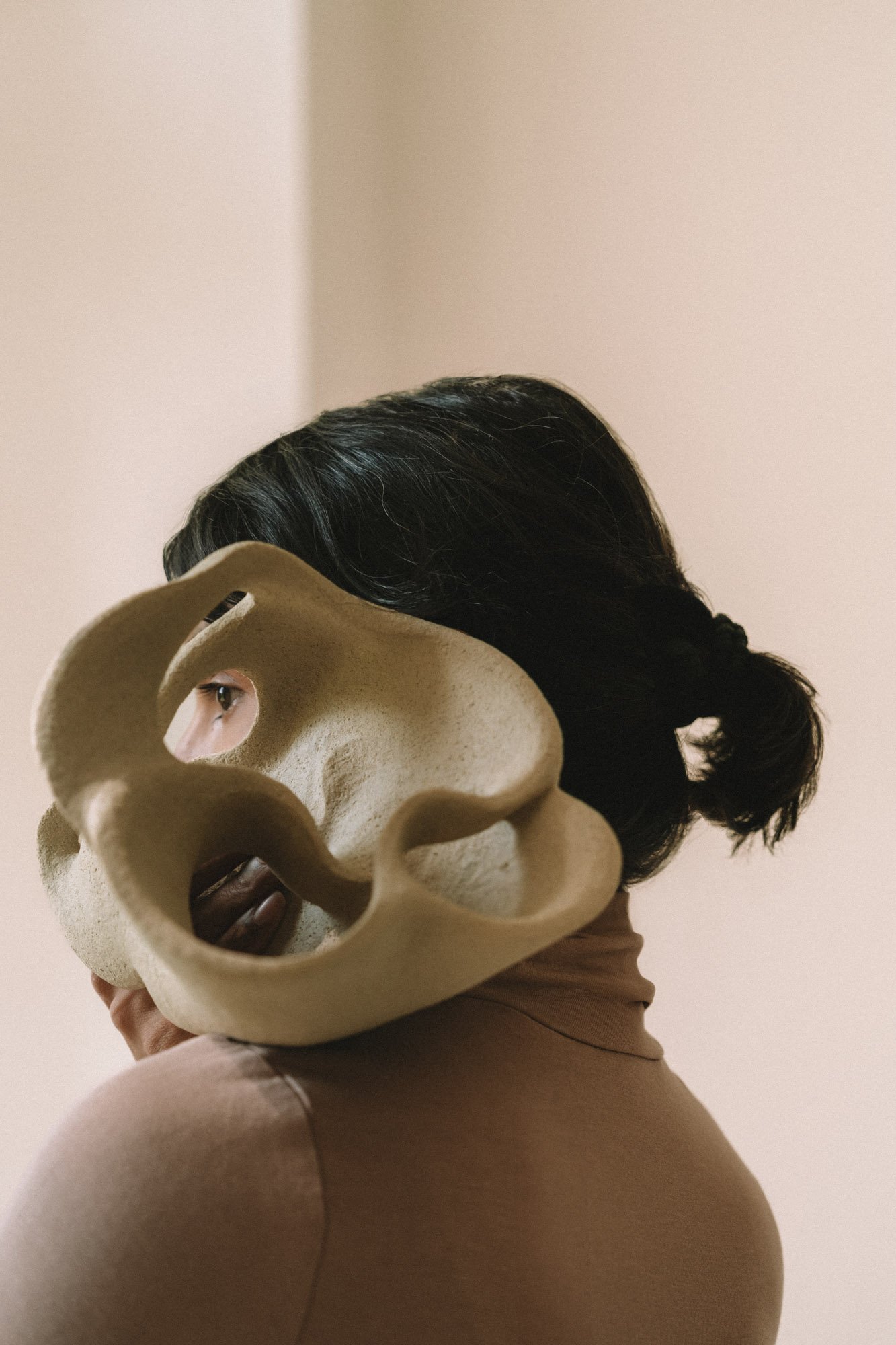Die
2014 - Film & Video (Film & Video)
03:55 minutes
Yang Song
Yang Song’s Die features a clay mask of the artist himself slowly dissolving into water. Clay returns to clay. Clay originates from and returns to earth, becoming a metaphor for life. Here influenced by the traditions of temples and Chinese burial customs, the simple gesture of creation-destruction explores questions of transformation to provide a vision of life cycle as nonlinear but continuous. The choice of materials echoes a fundamental divergence between Western and Eastern classical traditions of sculpture: if classical Western sculpture preferred materials like stone and bronze for their relative inflexibility while discarding clay for its malleability and fragility, classical Eastern sculpture commonly used clay as a primary material.
Yang Song was trained as a sculptor in both Western and Eastern traditions, which continue to influence his practice today. Yang’s sculptures often follow traditional methods, evoking ancient Buddhist status and the terracotta warriors of Xi’an yet leaving them unfired so they would crack and eventually crumble to dust. Similarly, Yang Song conceptually treats his videos and drawings as sculptures, specifically in their presentations. For him, a sense of permanence is intrinsic to sculpture beyond the sole materials that may span centuries. Yet, for the artist, inflexibility is not what gives sculptures a sense of eternity, but rather its fragility and transience inherent to our eternity and human condition.
Colors:
Related works sharing similar palette
» see more

© » KADIST
Martin Creed
2003This photograph of Martin Creed himself was used as the invitation card for a fundraising auction of works on paper at Christie’s South Kensington in support of Camden Arts Centre’s first year in a refurbished building in 2005...

© » KADIST
Werner Herzog
2012Commissioned for the 2012 Whitney Biennial, Hearsay of the Soul (2012) is Werner Herzog’s ode to the landscape paintings of the 17th-century Dutch artist Hercules Segers...
Related works found in the same semantic group
» see more

© » KADIST
Cross Lypka
2022tombs and ignitions is a collaborative ceramic sculpture by artists Tyler Cross and Kyle Lypka...

© » KADIST
Guillaume Leblon
2008Puits (“Wells”) is a circle made ??of raw earth elements, at the scale of Leblon’s hands...

© » KADIST
Matthew Angelo Harrison
2016In Bodily Study of Unthinking Groups, Harrison combines two disparate materials into one stratified stack: automotive clay (used in detailing cars) forms the earthy base, while fragments of zebra skull become imbedded in this falsified soil...



